Last Updated: July 23, 2024
No Money, No Worry! The Chapter 7 Bankruptcy Journey

Disclaimer: We are not qualified bankruptcy professionals and are not giving advice. Always speak with a qualified professional before making any legal or financial decisions.
Facing financial hardship is challenging, especially when considering bankruptcy with limited resources. If you're wondering how to file Chapter 7 with no money, you're not alone. The costs involved can seem overwhelming, but there's hope. It is possible to file for Chapter 7 bankruptcy without upfront expenses.
This guide will walk you through the process, offering advice on minimizing costs, qualifying for fee waivers, and exploring alternatives to traditional legal assistance. We'll clarify the bankruptcy process and equip you with strategies for a financial reset, even if you're unsure how to file Chapter 7 with no money. By the end, you'll understand how to navigate the legal system and work towards a fresh start, regardless of your current financial situation.
If you'd like to skip the article and speak to a debt specialist right away, click here for a free consultation.
Chapter 7 Bankruptcy Costs
Filing for Chapter 7 bankruptcy involves several different fees that must be paid unless you can qualify for waivers. Understanding the standard costs can help you plan and budget accordingly including the option to explore alternatives like debt consolidation. Let's take a look at the various bankruptcy laws and fees you can expect.
Bankruptcy Filing Fees
The court charges fees to handle and process your Chapter 7 paperwork and case. The standard filing fees include:
- Case filing fee - $245
- Administrative fee - $78
- Trustee surcharge - $15
The total for these mandatory filing fees comes out to $338. However, you may be able to get these court fees waived if you meet the eligibility requirements, which we'll cover shortly.
Credit Counseling and Debtor Education Fees
When learning how to file Chapter 7 with no money, be aware of two required courses. First, a pre-filing credit counseling session from an approved agency typically costs $50. Second, a post-filing debtor education course on personal finances and debt management is also around $50. While these fees are mandatory, we'll explore options for those filing Chapter 7 with limited funds, including potential fee waivers for these courses.
Bankruptcy Attorney Fees
Attorney fees, typically $1,000 to $3,500, are often the biggest challenge when exploring how to file Chapter 7 with no money. While lawyers can streamline the process, these costs can be daunting. Understanding these expenses is crucial for developing a strategy to file Chapter 7, even with limited funds.
An attorney makes the process easier. For example, they can ensure your credit starts recovering quickly after bankruptcy by helping meet all discharge requirements on time.
The exact amount will depend on several factors:
Where you live
Large metro areas are typically more expensive.
The complexity of your case
More assets owe money and debts make it more complicated.
Local market rates
Attorney fees vary based on competition and overhead. While these costs can be challenging when learning how to file Chapter 7 with no money, we'll explore cost-reduction options later. Understanding the standard fees, let's now look at alternatives like debt settlement, consolidation loans, and management plans. We'll also discuss how to file Chapter 7 with minimal upfront costs, balancing your need for debt relief with limited financial resources.
Qualifying for a Chapter 7 Filing Fee Waiver
If the $335 in court filing fees would pose a hardship for you, it is possible to get these bankruptcy fees waived entirely based on your income. It's important to check income eligibility guidelines to see if you qualify for a fee waiver.
Here's how it works:
- The bankruptcy court may waive the Chapter 7 filing fees for individuals whose household income falls below 150% of the federal poverty guidelines.
- For example, in 2023 the poverty level for a single person is $13,590 annually. At 150% of that amount, anyone making below $19,320 could qualify to have their Chapter 7 filing fee waived.
- To request a fee waiver, you need to fill out and file Form 103B - Application to Have the Chapter 7 Filing Fee Waived. This form will ask you to provide documentation of your current income, assets, expenses, and liabilities to prove you are unable to pay the filing fee in full or even in installments over time.
Examples of documentation you may need to provide with Form 103B include:
- Recent pay stubs or benefit statements showing your income
- Bank statements proving current account balances
- Evidence of expenses like rent, utilities, food, medical care
- Documentation of any debts owed
Understanding the fee waiver process is crucial when learning how to file Chapter 7 with no money. Courts review your application and financial documents to verify income qualifications, so submitting Form 103B with evidence of financial hardship strengthens your case. This process helps those figuring out how to file Chapter 7 with no money access bankruptcy protection despite limited resources.
Alternatives to Paying Full Fees Upfront
If you don't qualify for fee waivers but still need to file Chapter 7 with no money on hand, you may have some other options.
Here are a few ways people cover the costs if they can't pay upfront:
Payment Plans
If you're wondering how to file Chapter 7 with no money upfront, consider installment payments. By submitting Form 103A, you can request to divide the $338 court filing fee into 2-4 payments over 120 days. This approach may require a $75-$100 down payment. As long as you adhere to the approved schedule, this option allows you to spread out the cost, making it easier to file Chapter 7 with limited immediate funds.
Filing Bankruptcy Without an Attorney
Filing for bankruptcy on your own is an option, potentially saving on attorney fees for those figuring out how to file Chapter 7 with no money. While suitable for simple cases, it's risky if you don't understand procedures, so carefully weigh this choice when exploring how to file Chapter 7 with limited funds.
Be prepared to do lots of research to avoid costly mistakes, but it's essential to fully understand what bankruptcy entails. If your financial situation is complex, consider finding low or no-cost sources of legal help. An expert debt help professional can advise if you meet income requirements and help find affordable assistance.
Legal Aid and Pro Bono Services
When seeking ways to file Chapter 7 with no money, explore free legal help options. Income-eligible individuals may access assistance through legal aid, pro bono attorneys, or law clinics. Check local availability, as these can help you file Chapter 7 affordably. With creativity, you can cover required costs even on a tight budget. Next, we'll discuss attorney fees for Chapter 13 bankruptcy.
Filing Chapter 7 Without an Attorney to Avoid Legal Fees
One way to make bankruptcy law drastically reduce the cost of filing Chapter 7 bankruptcy is to handle the process without an attorney. This is called filing pro se, representing yourself in court without legal counsel.
Pros of Filing Chapter 7 Pro Se
- You save on attorney fees, which keeps more money in your pocket
- Basic Chapter 7 cases can be fairly straightforward with online forms and resources
- Handling it yourself gives you control and saves time in communicating with an attorney
Potential Cons of Filing Without an Attorney
- Risk making mistakes on complex legal forms that could lead to denial
- Lose exemptions you may have otherwise claimed with attorney advice
- Creditors can more easily object without experienced legal representation
- Lack of guidance on which chapter is best and the ramifications of filing
Filing Chapter 7 solo is certainly an option, but one with risks. It works best for people with extremely simple cases, few assets, cooperative creditors, and the ability to carefully conduct legal research. For residents in California, you might explore our guide on Chapter 7 Bankruptcy in California for specific insights and assistance.
Alternatives for Legal Help When Filing Chapter 7 with No Money
If you want legal guidance but cannot afford typical attorney fees, research these options:
- Free bankruptcy clinics - Some courts offer them; call yours to ask
- Legal Aid organizations - They assist low-income individuals
- Law school clinics - Law students provide free services under supervision
- Court's pro bono program - Helps connect you with volunteer attorneys
- Review discounted legal services in your area
With limited means, you can still find legal professionals willing to help you file Chapter 7 with no money at much lower or no cost. Just be sure to explore all resources available in your community.
Filing Chapter 7 bankruptcy with limited funds:
Leverage Your Tax Refund
Many people can afford attorney fees by timing their Chapter 7 filing to coincide with receiving their annual tax refund. Even a modest refund from income taxes can cover a portion of the lawyer's fees, and consider timing your Chapter 7 filing based on insights about the best time to file a bankruptcy. Just meet with bankruptcy attorneys early in the year so you are ready to move forward when your refund comes in.
Pause Paying Unsecured Debts
When exploring how to file Chapter 7 with no money, consider redirecting payments from unsecured debts toward attorney fees. These debts are likely to be discharged anyway, helping you save for legal costs. However, consult a lawyer before adopting this strategy to ensure it won't negatively impact your case.
Sell Exempt Personal Property
You may have assets like jewelry, collectibles, or other personal property that could be sold for a fair price. Consult with a lawyer to make sure the items would be considered exempt property first.
Seek Payment Plans
Many attorneys offer payment plans, allowing you to pay over time rather than upfront. This flexibility can be crucial when learning how to file Chapter 7 with no money. Strategic planning and persistence in finding assistance programs can help secure legal help, even with limited funds. Don't let concerns about attorney fees prevent you from considering Chapter 7 if it could improve your financial situation.
If you find your credit counseling or debtor education course fees are still unaffordable even after asking for a waiver, discuss options with knowledgeable consumer debt help.
Filing Chapter 7 to Stop Wage Garnishment
Filing Chapter 7 bankruptcy triggers an automatic stay, halting most wage garnishments and providing immediate financial relief. This benefit can outweigh the initial challenge of how to file Chapter 7 with no money, making it worthwhile to explore options like fee waivers, installment plans, or free legal aid to access bankruptcy protection.
Using Chapter 7 to Avoid Foreclosure and Eviction
Filing Chapter 7 bankruptcy triggers an automatic stay, temporarily halting foreclosure, repossession, or eviction, which can be crucial when figuring out how to file Chapter 7 with no money. However, while this pause buys time to address housing issues, it doesn't eliminate ongoing payment obligations, so those exploring how to file Chapter 7 with no money should consult an attorney to ensure it's the right solution for their situation.
The Benefits of Getting a Fresh Start
Eliminate unsecured debts
Credit cards, medical bills, credit card debt, personal loans, and other unsecured debts are typically discharged, providing immediate debt relief programs.
Keep exempt property
You can protect essential assets like your home, vehicle, and personal belongings up to exemption limits.
Stop collections
Creditors must cease collection calls and lawsuits against you once you file Chapter 7 bankruptcy.
Prevent wage garnishment
The automatic stay stops creditors from garnishing your wages for pre-bankruptcy debts.
Pause foreclosures/evictions
The stay can temporarily halt foreclosure and eviction proceedings and give you time for filing.
Rebuild credit
After filing Chapter 7 with no money, you can start rebuilding credit within 1-2 years of responsible habits. Though challenging, this process resolves unmanageable debt and offers a fresh start. Even if you initially struggled with how to file Chapter 7 with no money, wise financial practices post-discharge can help rebuild your financial life.
Considering Debt Settlement and Other Bankruptcy Alternatives
To file Chapter 7 with no money is one option for finding financial relief with limited funds, but it's not the only one. You may also want to look into debt settlement or other debt relief alternatives.
Debt Settlement Companies
When considering how to file Chapter 7 with no money, debt settlement is an alternative. Companies negotiate to reduce debts, often by 50% or more. You save monthly for settlements instead of paying creditors directly. However, forgiven debt may be taxable, so compare this option carefully with filing Chapter 7 before deciding.
Debt Consolidation Loan
Debt consolidation offers an alternative for those struggling with multiple debts. It combines debts into one lower-interest loan, simplifying payments. For those unsure how to file Chapter 7 with no money, this option may be worth considering.
Unlike Chapter 7, you repay the full amount, but it may be more manageable. Compare this approach with filing Chapter 7 based on your financial situation and eligibility.
Credit Counseling
When exploring how to file Chapter 7 with no money, consider a debt management plan (DMP). Credit counseling agencies can negotiate reduced payments with creditors, consolidating your debts into one monthly payment.
While this impacts credit differently than bankruptcy, it's an alternative worth considering if you're struggling with how to file Chapter 7 with no money. Compare options carefully before deciding.
Bankruptcy Alternatives
Before deciding how to file Chapter 7 with no money, explore alternatives like debt settlement, consolidation loans, and credit counseling. While bankruptcy has benefits, other options may better fit your situation. Carefully weigh all choices before committing to filing Chapter 7 with limited funds.
Explore various debt relief options and stay updated on consumer debt trends to make an informed choice. Thoroughly researching all available debt relief options and methods can help you make the optimal choice.
FAQs
Conclusion
Chapter 7 bankruptcy can provide significant relief, even for those with limited funds. While fees may seem daunting, various options exist for those wondering how to file Chapter 7 with no money, including fee waivers, payment plans, and pro se filing. This process can eliminate unsecured debts, halt wage garnishments, and pause foreclosures. By exploring these options and learning how to file Chapter 7 with no money, you can successfully navigate the process and gain a fresh financial start, even with minimal resources.
If you are struggling with overwhelming debt and want to explore your debt relief and options, Pacific Debt Relief offers a free consultation to assess your financial situation. Our debt specialists can provide objective guidance to help find the right debt relief solution for you.
DISCLAIMER:
We are not lawyers and are not giving legal advice. Before filing, talk to a lawyer in your state.
Reduce Your Credit Card Debt By Up to Half
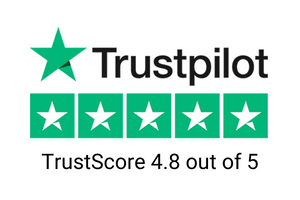
BBB Reviews | 4.9/5.0 Rating
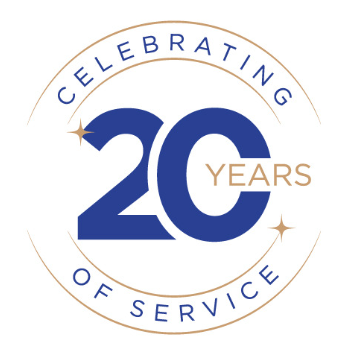
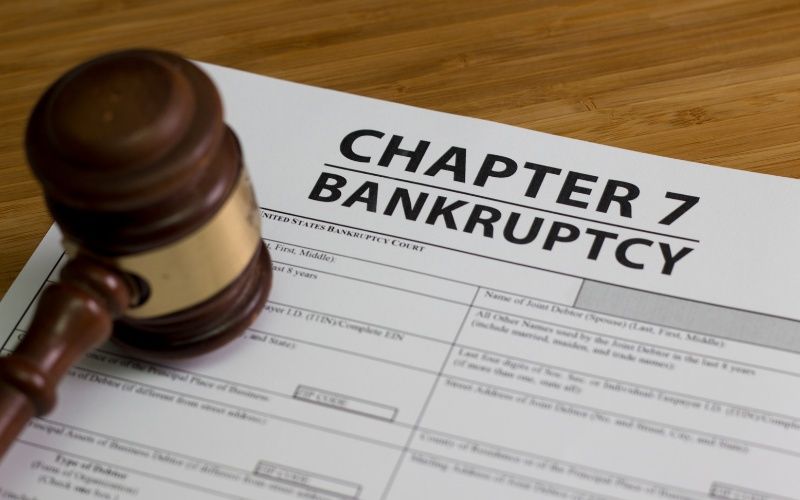
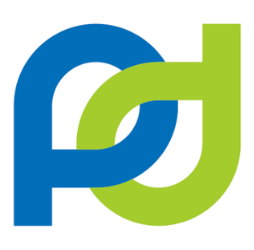
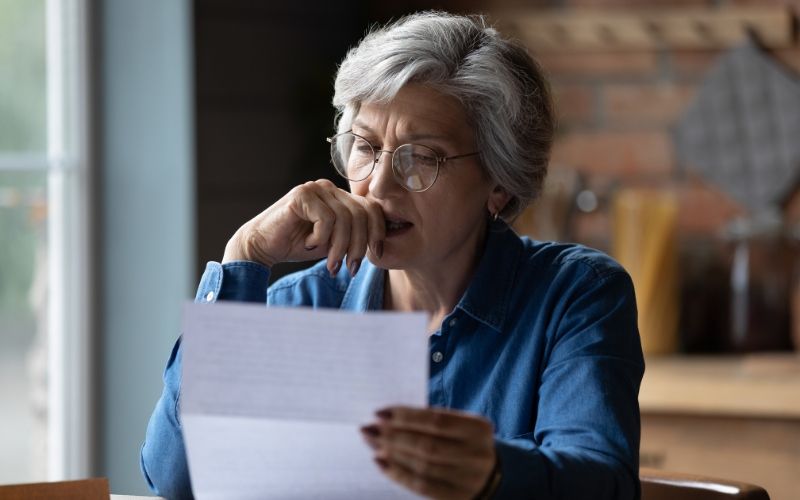




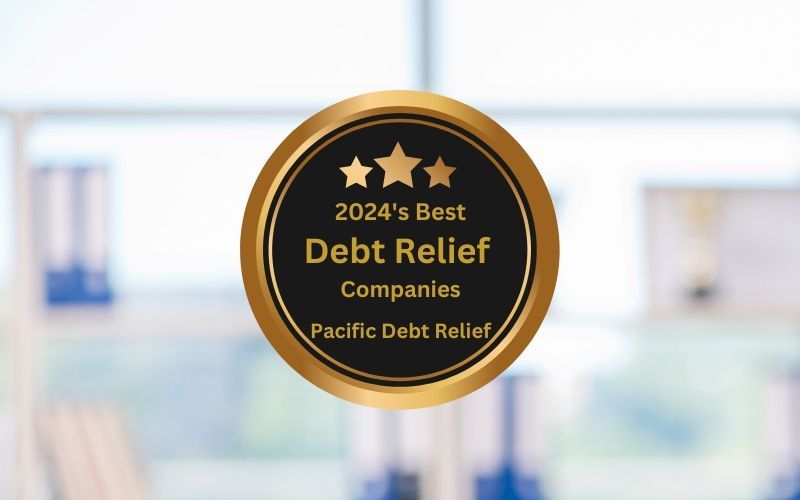
 Do Not Sell My Personal Information
Do Not Sell My Personal Information